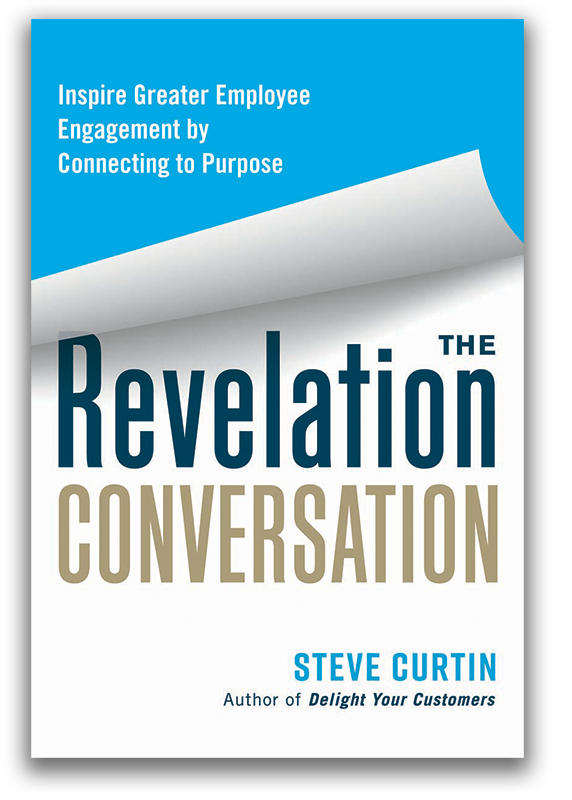 Earlier today I was the guest on a leadership podcast. Among other topics, we discussed organizational values. Too often the term “values” conjures up images of the corporate orientation video or inspirational break room posters and is otherwise widely ignored in the daily execution of job functions.
Earlier today I was the guest on a leadership podcast. Among other topics, we discussed organizational values. Too often the term “values” conjures up images of the corporate orientation video or inspirational break room posters and is otherwise widely ignored in the daily execution of job functions.
Today I’d like to break it down a bit in hopes of making values more practical and useful in your organization, regardless of size or sophistication. Let’s start with a definition:
Value: a principle or standard of behavior; one’s judgment of what is important.
The first step is to identify what values are important to your organization. In most cases, in developed organizations, these have already been identified and published on the corporate website, in the annual report, etc. Unfortunately, this is where most organizations stop, having developed a hollow set of ceremonial values.
When I counsel organizations on values, development is just the beginning. There are a number of additional steps that are required to elevate staid, ceremonial, disconnected corporate values to those that are refreshing, actionable, and connected to employees’ daily job responsibilities.
Let’s say an organization identifies the value of “knowledge.” Many organizations will give the value an impressive title, such as “Organizational Learner.” And the most effective organizations will incorporate this value into their hiring and performance management processes in order to add relevance and accountability to this value.
Instead of defaulting to the term itself (knowledge) or a sterile title (Organizational Learner), I challenge companies to consider their workforce, customers, and culture. Perhaps there’s a more descriptive – even playful – term or phrase that captures the essence of the value: knowledge.
Consider this: Be a Knowledge Sponge
And then, for further context, you could add: Ask questions. Never stop learning. Embrace new ideas.
Once you’ve developed a complete set* of values in this way, give them wings! Rather than burying them on the website or inside the employee handbook or annual report, post them prominently in employee work areas. Incorporate them in the hiring process to screen for values alignment with prospective employees and add them to your sales process to ensure values alignment with prospective customers/partners. Include your organizational values in every aspect of performance management – from feedback, performance appraisal, and recognition to coaching, counseling, and disciplinary action. And demonstrate the utility of this credible set of enduring organizational values by connecting them to employees’ daily job responsibilities.
By doing more with organizational values than simply defining them and publishing them on the “Our Story” page of your website, you can elevate them beyond a ceremonial set of values that most cannot readily recall to a useful set of actionable values that employees can connect to and reflect daily.
* There’s no ideal number of values, but 5-9 is probably better than 10 or more.
Illustration by Aaron McKissen.



